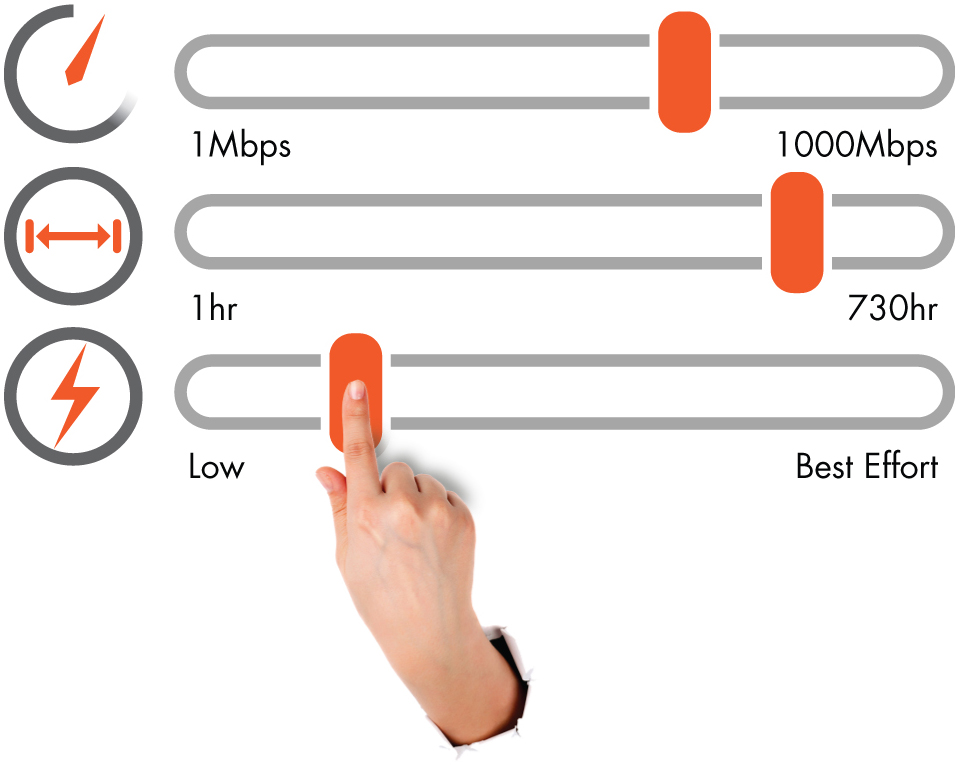SDN at the Edge
By: David Liu
 Businesses and consumers are always clamoring for more services, more bandwidth, and lower prices, and service providers large and small must find ways to deliver. Subscribers are used to dialing
up new capabilities on their smartphones with the click of a button, and they want Internet services to have the same ease of use. For their part, service providers want to enable customer
self-provisioning, new services, and automated provisioning not only as competitive differentiators, but also as a way to reduce costs and speed time-to-revenue or time-to-payback for new services.
Software-defined networking (SDN) is a key to service agility and self-service provisioning for service providers and their customers.
Businesses and consumers are always clamoring for more services, more bandwidth, and lower prices, and service providers large and small must find ways to deliver. Subscribers are used to dialing
up new capabilities on their smartphones with the click of a button, and they want Internet services to have the same ease of use. For their part, service providers want to enable customer
self-provisioning, new services, and automated provisioning not only as competitive differentiators, but also as a way to reduce costs and speed time-to-revenue or time-to-payback for new services.
Software-defined networking (SDN) is a key to service agility and self-service provisioning for service providers and their customers.How Does SDN Help?
Simply put, SDN helps service providers monetize their networks. By implementing policy-based control over the network, SDN enables very rapid implementation of new services in ways that would be impossible under today's Layer 2/Layer 3 networking models.Network administrators interact with software on an SDN controller to set policies and spin up services, and the controller implements those policies and services on network switches. By disaggregating hardware and software, SDN creates new levels of service agility. It also enables the use of white box switches, which save CAPEX when compared with traditional edge switching and routing solutions.
Meter, match, and act are the three steps SDN undertakes to execute tasks in a policy-driven network. SDN enables the metering of traffic conditions, application and user behavior to match those conditions against a set of pre-defined criteria and then to act on the match according to a policy. Part of a policy framework is to pre-set conditions that are metered against.

Figure 1: A customer self-service dashboard for network services
This embedded network intelligence can enable customers to drive the network themselves. One application might be a customer dashboard as depicted in Figure 1, where customers can select the amount of bandwidth, the duration, and the latency level. For example, this would enable a business customer to throttle up bandwidth for three hours for a backup to the off-site data center or cloud, and then throttle the bandwidth back down to conserve spending.
With SDN, these kinds of automated operations give service providers tremendous agility once set up, without any effort on their part to scale and enable this self-service/utility mindset.
Service Injection at the Edge
There are three service injection points, or service edges, in a service provider network: the business customer's hosted data center, the business customer premises, and the last mile to the
consumer. At these service edges, we can drop in a SDN-enabled white box switch to implement SDN and enable self-provisioning networks to better support new applications for these customers.



















